Apple is set to integrate ChatGPT into its ecosystem through the newly launched Apple Intelligence platform. However, this move comes with a catch that might surprise longtime iPhone users: accessing full AI capabilities will require additional subscription costs, marking a stark contrast to competitors’ approaches in the AI space.
The tech giant’s latest beta version of iOS 18.2, scheduled for a December release, reveals that users will face daily usage limits for ChatGPT functionality unless they opt for a premium subscription. This development signals Apple’s somewhat uncharacteristic position as a follower rather than a leader in the artificial intelligence race, where competitors like Google and Samsung have already established free AI-powered tools for their users.
The introduction of Apple Intelligence represents a crucial moment for the Cupertino-based company, which has historically prided itself on developing proprietary systems to maintain strict control over user experience and data privacy. The decision to partner with OpenAI’s ChatGPT underscores both Apple’s ambition to participate in the broader AI ecosystem and its current position behind the technological curve compared to industry rivals.
According to recent findings in the iOS 18.2 beta, users will encounter a new section in their system settings that outlines daily ChatGPT usage limitations. Those seeking unlimited access will need to upgrade to the ChatGPT Plus plan, priced at $19.99 monthly, or face being downgraded to an older AI model with limited capabilities. While existing ChatGPT Plus subscribers can simply sign in with their accounts, new users must decide whether to commit to the additional expense.
This approach raises questions about Apple’s revenue-sharing arrangements, particularly whether the company will apply its standard 30% commission to ChatGPT Plus subscriptions purchased through its platform. The implementation of a paid tier stands in sharp contrast to the strategies employed by competitors in the smartphone market, where companies like Google and Samsung have opted to provide AI features at no additional cost to establish user engagement and demonstrate platform value.
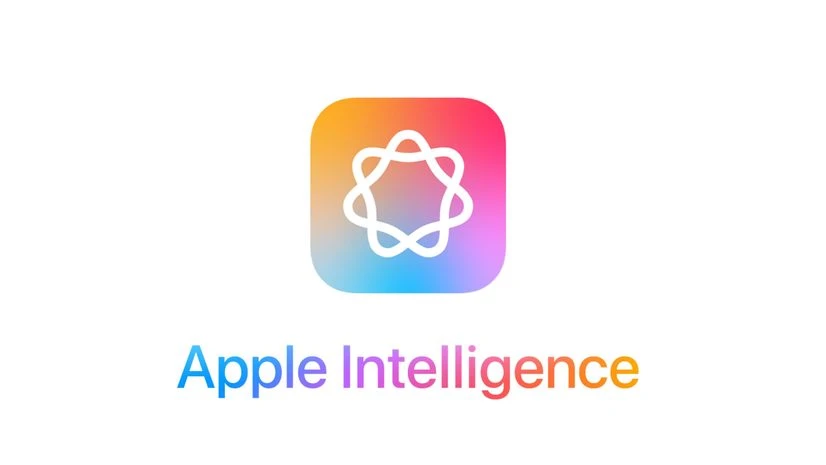)
However, it’s worth noting that even these seemingly free offerings come with fine print suggesting that AI services may become paid features in the future. Despite this caveat, Apple’s immediate move to a freemium model represents a bold strategy that could influence how consumers perceive and adopt AI features on their devices.
The timing of Apple Intelligence’s rollout has also created some marketing challenges. The iPhone 16 lineup, launched a month before Apple Intelligence became publicly available, heavily featured AI capabilities in its promotional materials. This has led to some awkward situations, particularly in international markets where mobile carriers have had to include disclaimers about the delayed availability of advertised AI features.
The situation reflects broader changes in the consumer technology landscape, where generative AI is rapidly becoming a central feature across all major platforms. Apple’s approach to monetization could set an important precedent for how premium AI features are distributed and sold to consumers in the future. While the company’s brand loyalty and ecosystem integration might help overcome initial resistance to paid AI features, the success of this strategy remains to be seen, especially when compared to the subsidized AI platforms available on Android and Windows devices.
The rollout of Apple Intelligence represents more than just a new feature set; it signals a shifting paradigm in how Apple approaches technological innovation. Known for its patient, perfection-driven approach to new technologies, Apple now finds itself in the unusual position of playing catch-up in the AI race. The company’s decision to partner with OpenAI rather than solely rely on in-house development suggests a recognition that the pace of AI advancement requires a more collaborative approach.
As the December release date approaches, the technology industry will be watching closely to see how iPhone users respond to this new paradigm of paid AI features. The success or failure of Apple’s strategy could have far-reaching implications for how AI capabilities are monetized across the broader technology landscape, potentially influencing whether other companies maintain their current free-access models or pivot toward premium subscriptions for advanced AI features.
For Apple, the stakes are particularly high. The company must balance its desire to monetize new AI capabilities with the risk of alienating users who have come to expect cutting-edge features as part of their premium device purchase. As artificial intelligence becomes increasingly central to the smartphone experience, the company’s ability to navigate this balance could play a crucial role in maintaining its position as a leader in consumer technology.


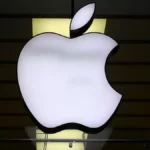

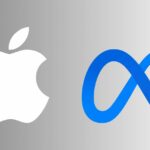


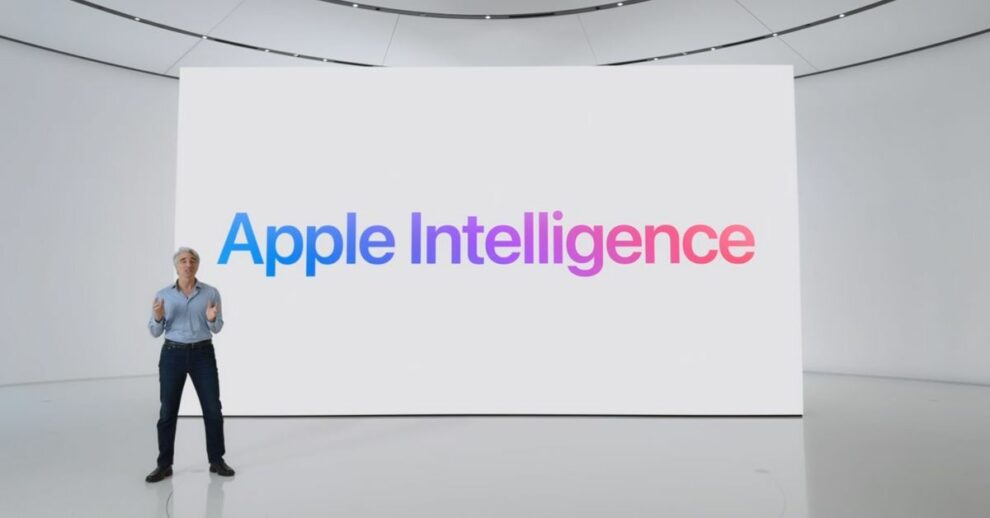


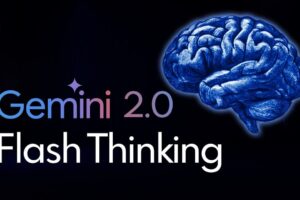





Add Comment